Admin. “3 October 2012. “Small Indian Civet – The Raging Cat.” Journey to the Jungle. Retrieved September 27, 2014.
- Available at: http://www.journeytothejungle.com/blog/index.php/small-indian-civet-the-raging-cat/
Arnold, Michael L. 2008. Reticulate Evolution and Humans: Origins and Ecology. Oxford University Press.
Bell, D.; Roberton, S.; and Hunter, P. R. 2004. "Animal Origins of SARS Coronavirus: Possible Links with the International Trade in Small Carnivores." Philosophical Transactions of the Royal Society of London, Series B, Biological Sciences 359:1107-1114.
Bisby, F.A.; Roskov, Y.R.; Orrell, T.M.; Nicolson, D.; Paglinawan, L.E.; Bailly, N.; Kirk, P.M.; Bourgoin, T.; Baillargeon, G.; and Ouvrard, D. (red.). 2011. "Viverricula indica (Desmarest, 1804)." Species 2000 & ITIS Catalogue of Life: 2011 Annual Checklist. Reading, UK. Retrieved September 27, 2014.
Boelens, Bo; Watkins, Michael; and Grayson, Michael. 2009. The Eponym Dictionary of Mammals. Johns Hopkins University.
Bonhote, J.L. (John James Lewis). 1898. “On the Species of the Genus Viverricula.” The Annals and Magazine of Natural History, Including Zoology, Botany, and Geology (Being a Continuation of the ‘Annals’ Combined with Loudon and Charlesworth’s ‘Magazine of Natural History’), Vol. I No. II – Seventh Series: 119 – 122.
- Available via Biodiversity Heritage Library at: http://biodiversitylibrary.org/page/15627752
Boudet, Ch. 10 January 2009. "Species Sheet: Small Indian Civet." Mammals' Planet: Vs n°4, 04/2010. Retrieved September 27, 2014.
Boudet, Ch. 10 January 2009. "Subspecies Sheet: Atchin Rasse, Sumatra Small Civet." Mammals' Planet: Vs n°4, 04/2010. Retrieved September 27, 2014.
Boudet, Ch. 10 January 2009. "Subspecies Sheet: Bali Small Civet." Mammals' Planet: Vs n°4, 04/2010. Retrieved September 27, 2014.
Boudet, Ch. 10 January 2009. "Subspecies Sheet: Bengal Small Civet." Mammals' Planet: Vs n°4, 04/2010. Retrieved September 27, 2014.
Boudet, Ch. 10 January 2009. "Subspecies Sheet: Chinese Lesser Civet, Small Chinese Civet, Palid Genet." Mammals' Planet: Vs n°4, 04/2010. Retrieved September 27, 2014.
Boudet, Ch. 10 January 2009. "Subspecies Sheet: Gunung Muria Small Civet, Java Small Civet." Mammals' Planet: Vs n°4, 04/2010. Retrieved September 27, 2014.
Boudet, Ch. 10 January 2009. "Subspecies Sheet: Kloss's Small Civet." Mammals' Planet: Vs n°4, 04/2010. Retrieved September 27, 2014.
Boudet, Ch. 10 January 2009. "Subspecies Sheet: Malacca Small Civet, Lesser Civet-cat, Malacca Weasel." Mammals' Planet: Vs n°4, 04/2010. Retrieved September 27, 2014.
Boudet, Ch. 10 January 2009. "Subspecies Sheet: Rajasthan Small Civet." Mammals' Planet: Vs n°4, 04/2010. Retrieved September 27, 2014.
Boudet, Ch. 10 January 2009. "Subspecies Sheet: Ringed-tail Civet, Ceylon Small Civet." Mammals' Planet: Vs n°4, 04/2010. Retrieved September 27, 2014.
Boudet, Ch. 10 January 2009. "Subspecies Sheet: Schlegel's Civet." Mammals' Planet: Vs n°4, 04/2010. Retrieved September 27, 2014.
Boudet, Ch. 10 January 2009. "Subspecies Sheet: Small Chinese Civet, Taiwan Small Civet." Mammals' Planet: Vs n°4, 04/2010. Retrieved September 27, 2014.
Boudet, Ch. 10 January 2009. "Subspecies Sheet: Small Indian Civet." Mammals' Planet: Vs n°4, 04/2010. Retrieved September 27, 2014.
Boudet, Ch. 10 January 2009. "Subspecies Sheet: Small North Indian Civet." Mammals' Planet: Vs n°4, 04/2010. Retrieved September 27, 2014.
Boudet, Ch. 10 January 2009. "Subspecies Sheet: Small South Indian Civet." Mammals' Planet: Vs n°4, 04/2010. Retrieved September 27, 2014.
Boudet, Ch. 10 January 2009. "Subspecies Sheet: Thai Small Civet." Mammals' Planet: Vs n°4, 04/2010. Retrieved September 27, 2014.
Boudet, Ch. 10 January 2009. "Subspecies Sheet [Viverricula indica pallida]." Mammals' Planet: Vs n°4, 04/2010. Retrieved September 27, 2014.
Boudet, Ch. 10 January 2009. "Subspecies Sheet: Wells's Small Civet." Mammals' Planet: Vs n°4, 04/2010. Retrieved September 27, 2014.
Cassell's Universal Portrait Gallery: A Collection of Portraits of Celebrities, English and Foreign. With Facsimile Autographs. 1895. London, Paris & Melbourne: Cassell and Company, Limited.
Chuang, S.; and Lee, L. 1993. “Food Habits of Three Carnivore Species (Viverricula indica, Herpestes urva, and Melogale moschata) in Fushan Forest, northern Taiwan.” Journal of Zoology 243(1):71-79.
Corbet, G.B.; and Hill, J.E. 1992. Mammals of the Indo-Malayan Region: A Systematic Review. Oxford, U.K.: Oxford University Press.
Driver, Stephanie (ed.). 2008. Exploring Mammals, Volume 3. Tarrytown, NY: Marshall Cavendish Corporation.
Duckworth, J.W.; Timmins, R.J.; and Muddapa, D. 2008. “Viverricula indica." In: IUCN 2014. International Union for Conservation of Nature and Natural Resources Red List of Threatened Species. Version 2014.1. Retrieved September 27, 2014.
Duff, Andrew; and Lawson, Ann. 2004. Mammals of the World: A Checklist. Yale University Press.
Ewer, R.F. 1998. The Carnivores. Cornell University Press: Cornell Paperbacks.
Gaubert, P.; and Cordeiro-Estrela, P. 2006. “Phylogenetic Systematics and Tempo of Evolution of the Viverrinae (Mammalia, Carnivora, Viverridae) within Feliformians: Implications for Faunal Exchanges between Asia and Africa.” Molecular Phylogenetics and Evolution 41:266-278.
Gervais, Paul. 1855. Histoire naturelle des Mammifères: Carnivores, Proboscidiens, Jumentés, Bisulques, Édentés, Marsupiaux, Monotrèmes, Phoques, Sirénides et Cétacés. Paris: L. Curmer.
Gittleman, John L.; Funk, Stephan M.; Macdonald, David; and Wayne, Robert K. (eds.). 2001. Carnivore Conservation. Cambridge University Press: Conservation Biology 5.
Gray, John Edward. 1830 - 1832. Illustrations of Indian Zoology; Chiefly Selected from the Collection of Major-General Hardwicke. Vol. I. London, Paris, and Strasburg: Treuttel, Wurtz, Treuttel, Jun. and Richter; London: Parbury, Allen and Co., MDCCCXXX - MDCCCXXXII.
- Available via Internet Archive at: https://archive.org/details/IllustrationsOfIndianZoology1
Gray, John Edward. 1833 - 1834. Illustrations of Indian Zoology; Chiefly Selected from the Collection of Major-General Hardwicke. Vol. II. London: Adolphus Richter and Co.; Parbury, Allen and Co., MDCCCXXXIII - MDCCCXXXIV.
- Available via Internet Archive at: https://archive.org/details/IllustrationsOfIndianZoology2
Gupta, B.K. 2004. “Killing Civets for Meat and Scent in India.” Small Carnivore Conservation 31:21.
Hayssen, Virginia; Van Tienhoven, Ari; and Van Tienoven, Ans. Asdell’s Patterns of Mammalian Reproduction: A Compendium of Species-Specific Data. Cornell University, 1993.
Hunter, Luke; and Barrett, Priscilla. 2011. A Field Guide to the Carnivores of the World. London, Cape Town, Sydney, Auckland: New Holland Publishers (UK) Ltd.
Jennings, A. P.; and Veron, J. 2009. "Family Viverridae (Civets, Genets, and Oyans)." In: Don E. Wilson and Russel Mittermeier (Hrsg.) Handbook of the Mammals of the World Volume 1: Carnivores. Lynx Edicions.
Kondo, H.; Tesar, J.; Cloud, D.; Kagan, L. (eds.). 1972. Civets, Genets, and Linsangs, Volume 2, 3rd Edition. Milan: Fratelli Fabbri Editori.
Larivière, Serge. 2004. "Civets, Genets, and Linsangs (Viverridae)." Pp. 335-339 in Grzimek's Animal Life Encyclopedia, Second Edition. Volume 14: Mammals III, edited by Michael Hutchins, Devra G. Kleiman, Valerius Geist, and Melissa C. McDade. Farmington Hills, MI: Gale Group, Inc., division of Thomson Learning Inc.
Miles, A.E.W.; and Grigson, Caroline (eds.). 1990. Colyer's Variations and Diseases of the Teeth of Animals. Cambridge University Press.
Myers, P.; Espinosa, R.; Parr, C.S.; Jones, T.; Hammojnd, G.S.; and Dewey, T.A. 2014. “Viverricula indica: Small Indian Civet (Online).” The Animal Diversity Web. University of Michigan Museum of Zoology. Retrieved September 27, 2014.
Nowak, Ronald M. 1999. Walker's Mammals of the World, Sixth Edition. Volume I. Baltimore: Johns Hopkins University Press.
Schreber, Johann Christian Daniel von. 1774 - 1846. Die Säugthiere in Abbildungen nach der Natur: Plates 81 - 165. Erlangen :Expedition des Schreber'schen säugthier- und des Esper'schen Schmetterlingswerkes.
- Available via Biodiversity Heritage Library at: http://biodiversitylibrary.org/page/31064528
Schreiber, A.; Wirth, R.; Riffel, M.; and Van Rompaey, H. 1989. Weasels, Civets, Mongooses, and Their Relatives. An Action Plan for the Conservation of Mustelids and Viverrids. Gland, Switzerland: IUCN.
Shirley, Ethan. 2009. “Viverricula indica: Small Indian Civet (Online).” Animal Diversity Web. University of Michigan Museum of Zoology. Retrieved September 27, 2014.
“Small Indian Civet.” The Animal Files: Mammals > Carnivores. Retrieved September 27, 2014.
“Small Indian Civet (Viverricula indica).” ARKive: Species > Mammals. Retrieved September 27, 2014.
“Small Indian Civet Pictures and Facts.” The Website of Everything: Animals > Mammals > Carnivora > Viverridae > Paradoxurinae > Arctogalidia. Retrieved September 27, 2014.
“Small Indian Civet Viverricula indica (Desmarest, 1817).” Việt Linh. Ho Chi Minh City, Vietnam. Retrieved September 27, 2014.
Sody, H.J.V. 1931. “Six New Mammals from Sumatra, Java, Bali and Borneo.” Natuurkundig Tijdschrift voor Nederlandsch-Indië 91:349-360.
Veron, Geraldine. 2010. “Phylogeny of the Viverridae and 'Viverrid-like' Feliforms.” Pp. 64-990 in Carnivoran Evolution: New Views on Phylogeny, Form and Function edited by Anjali Goswami and Anthony Friscia. Cambridge University Press: Cambridge Studies in Morphology and Molecules.
Wilson, Don E.; and Cole, F. Russell. 2000. Common Names of Mammals of the World. Washington, D.C.: Smithsonian Institution Press.
“Viverricula indica (É. Geoffroy Saint-Hilaire, 1803).” The Marine Biological Universal Biological Indexer and Organizer. Retrieved September 27, 2014.
"Viverricula indica (Small Indian Civet)." ZipcodeZoo: Species Identifier 134480. Retrieved September 27, 2014.
- Available at: http://zipcodezoo.com/animals/v/viverricula_indica/
Wilson, Don E.; and Reeder, DeeAnn M. (editors). 2005. Mammal Species of the World: A Taxonomic and Geographic Reference (3rd ed), Johns Hopkins University Press.
Wrobel, Murray (Editor). 2007. Elsevier's Dictionary of Mammals: Latin English German French Italian. Oxford, U.K.: Elsevier B.V.


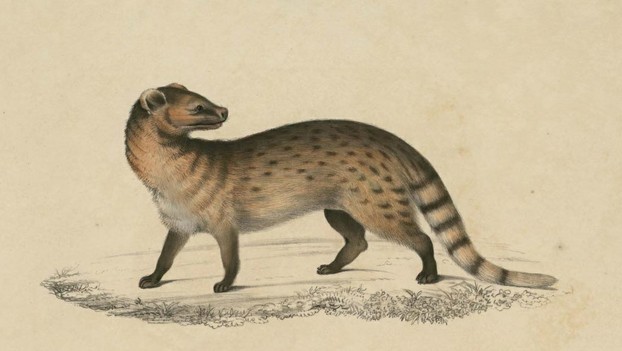
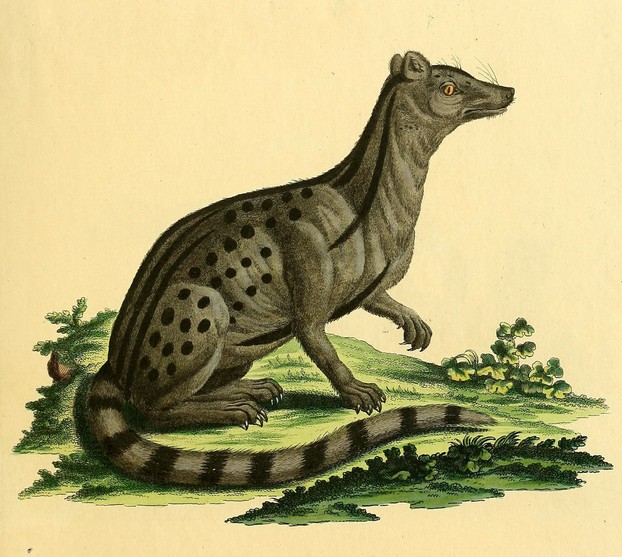
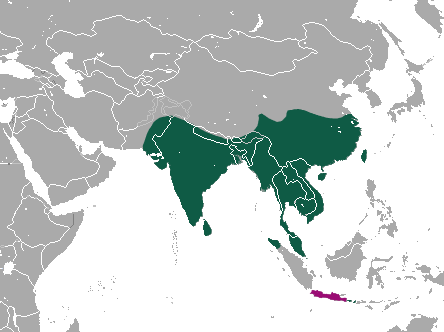
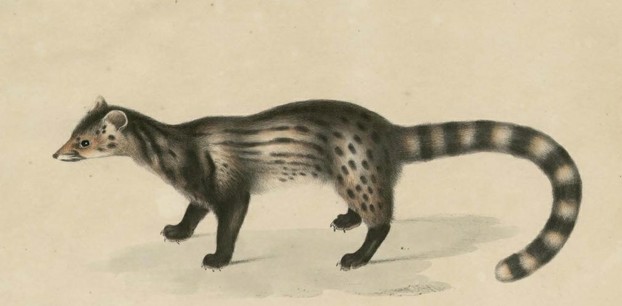
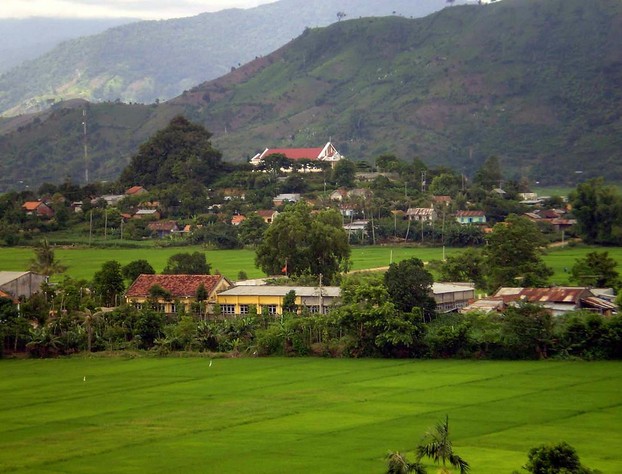
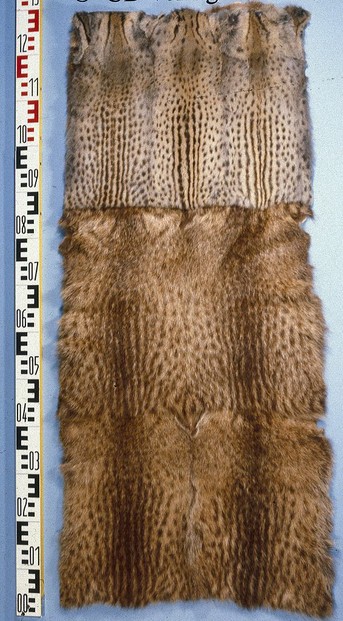
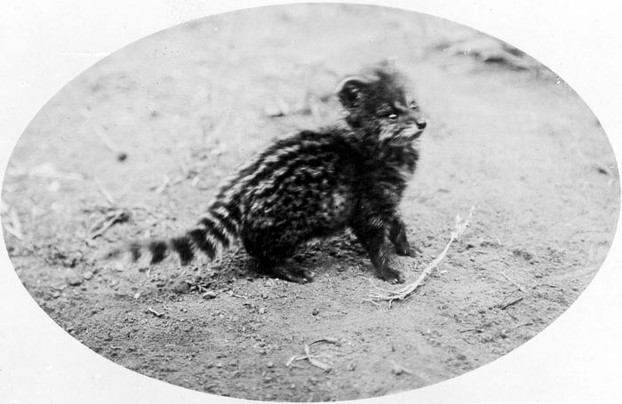
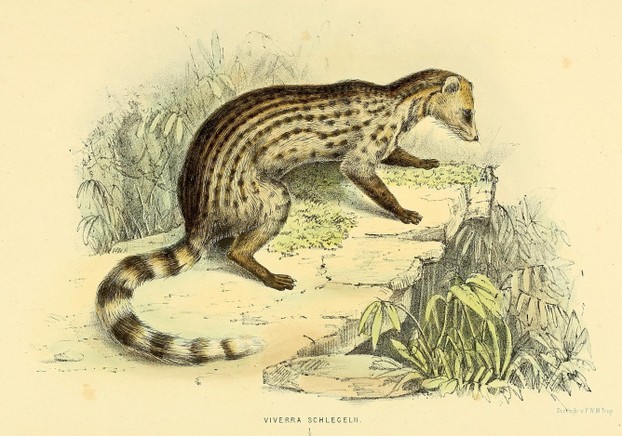






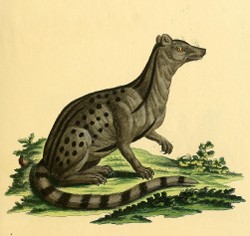

 Are Hawaiian Huakai Po Nightmarchers Avenging Halloween Thursday?on 10/02/2024
Are Hawaiian Huakai Po Nightmarchers Avenging Halloween Thursday?on 10/02/2024
 Mailing Addresses for 2023 Form 4868 Extending 1040 and 1040SR April 15, 2024, Due Dateon 04/15/2024
Mailing Addresses for 2023 Form 4868 Extending 1040 and 1040SR April 15, 2024, Due Dateon 04/15/2024
 Mailing Addresses for 2023 Forms 1040 and 1040SR Filed in 2024on 04/15/2024
Mailing Addresses for 2023 Forms 1040 and 1040SR Filed in 2024on 04/15/2024
 Mailing Addresses for 2022 Form 4868 Extending 1040 and 1040SR April 18, 2023, Due Dateon 04/13/2023
Mailing Addresses for 2022 Form 4868 Extending 1040 and 1040SR April 18, 2023, Due Dateon 04/13/2023

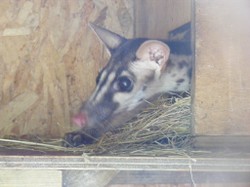
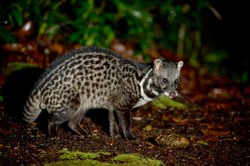
Comments